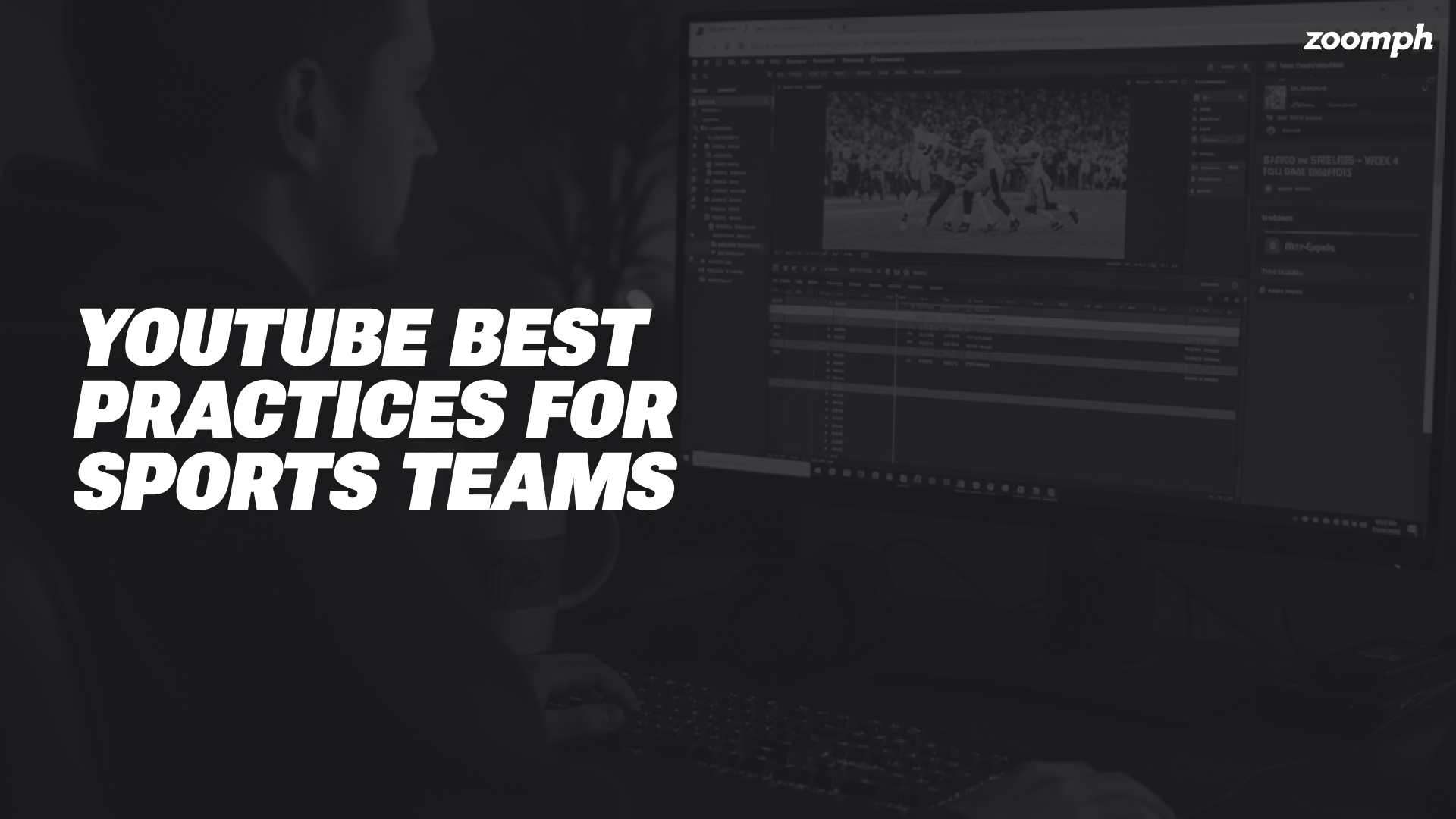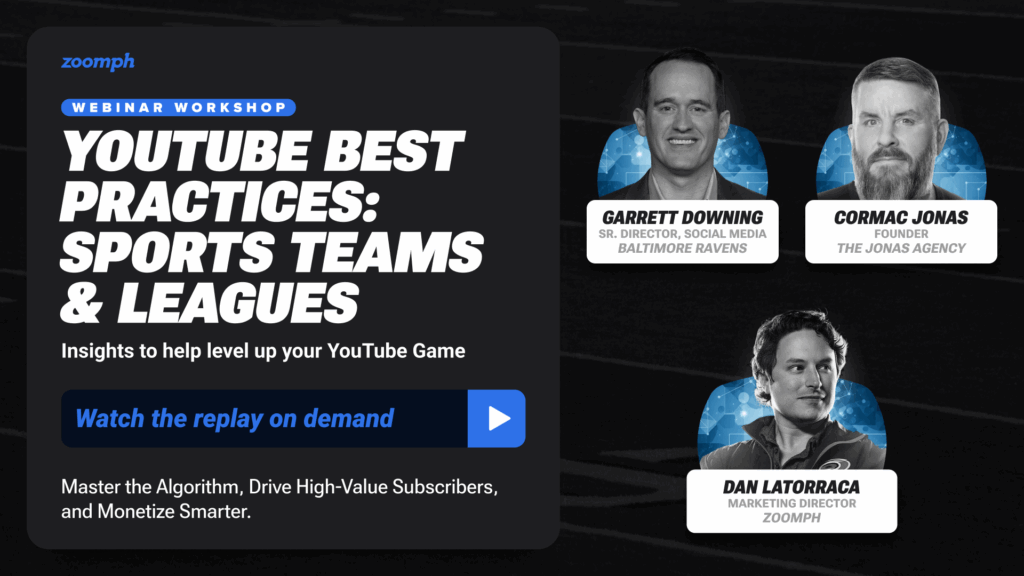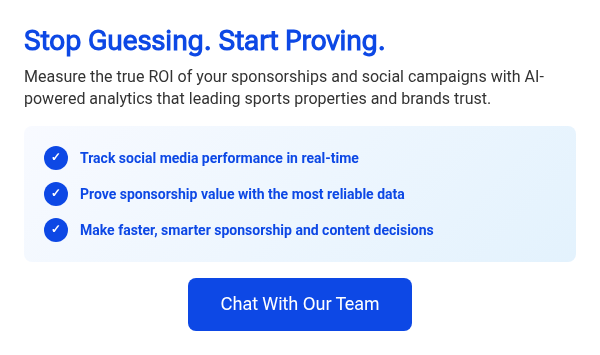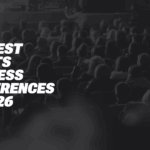
17 Oct YouTube Best Practices: 8 Tips for Sports Teams to Win as Content Creators
Zoomph recently hosted a panel featuring Cormac Jonas, founder of The Jonas Agency, and Garrett Downing, Senior Director of Social Media & Digital Host for the Baltimore Ravens, that outlined valuable lessons and pulled the curtain back on their experiences in their everyday endeavors.
Many sports teams treat YouTube like a dumping ground – a place to archive highlights and press conferences. But those who treat it like the unique powerhouse platform it is – part search engine, part storytelling tool, and part business growth platform – are seeing exponential returns in engagement, fandom, and revenue.
YouTube isn’t just “another social channel.” It’s the second-largest search engine in the world (3.7 billion searches monthly), owned by Google, and built around discovery. Unlike Instagram or TikTok, where followers drive reach, 68% of YouTube traffic comes from search and suggested videos. That means content can grow organically – and indefinitely.
So, what separates the teams that go viral from the ones who go unnoticed? Let’s break down the playbook lessons from our webinar.
Many strategies focus on chasing vanity metrics – likes, comments, quick-hit views. But YouTube rewards watch time, not clicks. It values how long fans stick around.
For example, the Baltimore Ravens’ “Wired” series averages over 8:30 of watch time per episode, while their 15-second Instagram clips top out in seconds. That stickiness builds loyalty, recommendation strength, and ultimately – subscriptions.
This is where measurement matters. Watch time, retention, and rewatch rate are often buried in YouTube Studio dashboards, but platforms like Zoomph turn those numbers into actionable insights. Zoomph’s data can pinpoint which series, moments, or even players drive sustained engagement — helping content teams understand why fans stay watching, not just how long.
For example, Ravens’ docuseries, like their “Hard Knocks”-style franchise, have become appointment viewing, proving that long-form, well-produced storytelling drives deeper fan engagement than fleeting highlights.
The consistent, recurring nature of these series also provides a strong platform for sponsored content.
YouTube growth isn’t luck- it’s architecture. Teams posting daily grow 2.5x faster than weekly publishers. The Ravens posted 453 videos last year – but data shows they’d need 1,000+ to reach optimal growth.
That sounds impossible – until you build content frameworks. Think: same show format, different weekly storylines. This reduces production complexity by 60%, prevents creative fatigue, and makes scaling realistic.
Consistency beats perfection. Fans love predictability. When you have a release schedule – say, Monday film breakdowns, Wednesday Wired, Friday Lounge – you’re not just publishing; you’re programming. But consistency without insight is just guesswork. Zoomph analytics can track how each content framework performs across time — showing which formats retain viewers, which drive subscriptions, and which lose momentum. That feedback loop allows teams to adjust their programming the way coaches tweak game plans — based on real data, not instinct.
If YouTube is a search engine, then titles are your search results. A good rule: include the sport, team, player, and year in your first 60 characters. Example: “NFL Ravens Lamar Jackson 2024 Mic’d Up” performs 3x better in search than creative titles alone.
Thumbnails matter just as much. Teams that experiment weekly with thumbnails see consistent CTR (click-through rate) lifts. And don’t forget dynamic playlists—a single video can appear in up to 10 playlists, multiplying discovery.
Evergreen content compounds this effect. The Ravens’ 2012 Super Bowl videos still pull 50,000+ views a month, years after the confetti fell. Try finding that kind of long-tail return on Twitter.
Shorts are YouTube’s #1 draft pick—70 billion daily views globally. For sports teams, this is gold. A single “Lamar Jackson Touchdown” Short, posted within 15 minutes of the play, can catch 10,000% search spikes.
But Shorts aren’t the end goal—they’re the funnel. They bring fans in the door, and your long-form storytelling gets them to stay awhile. Teams posting 3–5 Shorts daily during the season maximize virality potential—each Short is a lottery ticket, and about 5% hit 1M+ views.
Access-driven content performs, but it’s also delicate. Teams can’t just roll out a “ManningCast” alternative using player talent—it violates broadcast rules. That limitation forces creativity.
You don’t need full access, just varied access. Balance game prep, community work, behind-the-scenes moments, and player personalities. This diversity gives you richer data to understand what fans actually want, rather than assuming you know.
And with tight player schedules (five minutes for content, not fifty), strategy matters. One 20-minute shoot can fuel a month of content if planned and edited smartly.
YouTube’s BrandConnect marketplace has changed the sponsorship model. Sports content now commands $25–$50 CPMs, well above the platform average.
The best integrations don’t interrupt—they enhance. “Presented by” series feels premium, not forced. A simple sponsor logo in a thumbnail corner can deliver millions of impressions without hurting click-through rates.
And YouTube attribution is often misunderstood. Multi-touch analysis shows YouTube influences 47% of ticket purchases, even though last-click data only credits 8%. It’s the silent driver of fandom-to-purchase conversion. Tools like Zoomph make that visibility possible. By connecting view data, sponsorship visibility, and engagement lift across platforms, teams can prove ROI to partners with confidence — showing that a sponsored docuseries or branded playlist directly influenced fan conversion. That proof-of-impact keeps sponsors investing deeper into long-form YouTube content.
The future of sports content isn’t controlled by leagues—it’s inspired by creators. Look at the NFL’s collaborations with MrBeast and IShowSpeed—that’s not luck, it’s strategy. The “Add Collaborator” feature doubles discovery across audiences.
Meanwhile, small creator partnerships are the most efficient spend in sports marketing. A $5K creator deal can drive 500K+ views, outperforming $50K in paid ads.
Predictive analytics (yes, use Zoomph data) even show that Thursday uploads get 34% more views than Monday—little details like that separate the content teams who post from the ones who program.
Your best content isn’t just what’s next—it’s what’s already working. Use the YouTube Library Manager to repackage old videos, especially for new fans. A “Best of Wired 2024” playlist costs zero dollars to produce and can lift views on old content by 25%.
YouTube rewards libraries that stay alive. Every video you publish is an asset that keeps compounding value if managed intentionally.
In sports, the scoreboard is visible. In content, it’s not. But the winning teams know what to look for: Watch time over likes. Consistency over perfection. Strategy over assumptions.
The modern content team isn’t just a production unit — it’s a data operation. But YouTube’s native metrics often stop at the surface: views, watch time, subscribers. What they don’t show is how content drives fandom, ticket sales, or brand affinity.
That’s where Zoomph changes the game. By combining YouTube data with sponsorship tracking, fan sentiment, and engagement analytics, Zoomph gives teams a true 360° view of performance.
YouTube isn’t just another video platform—it’s the most powerful storytelling engine in sports. The ones who understand that aren’t chasing the algorithm. They’re building dynasties on it.











